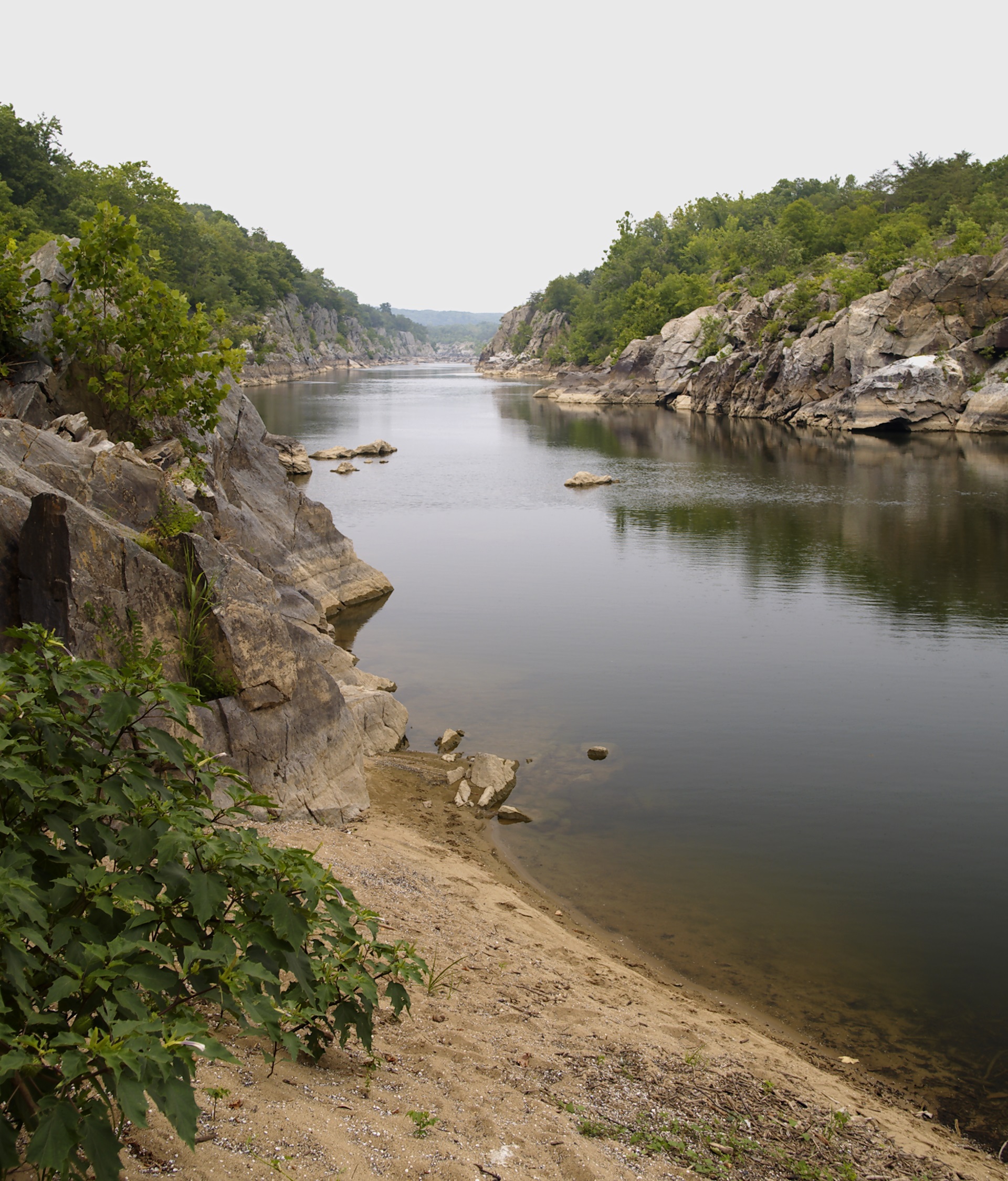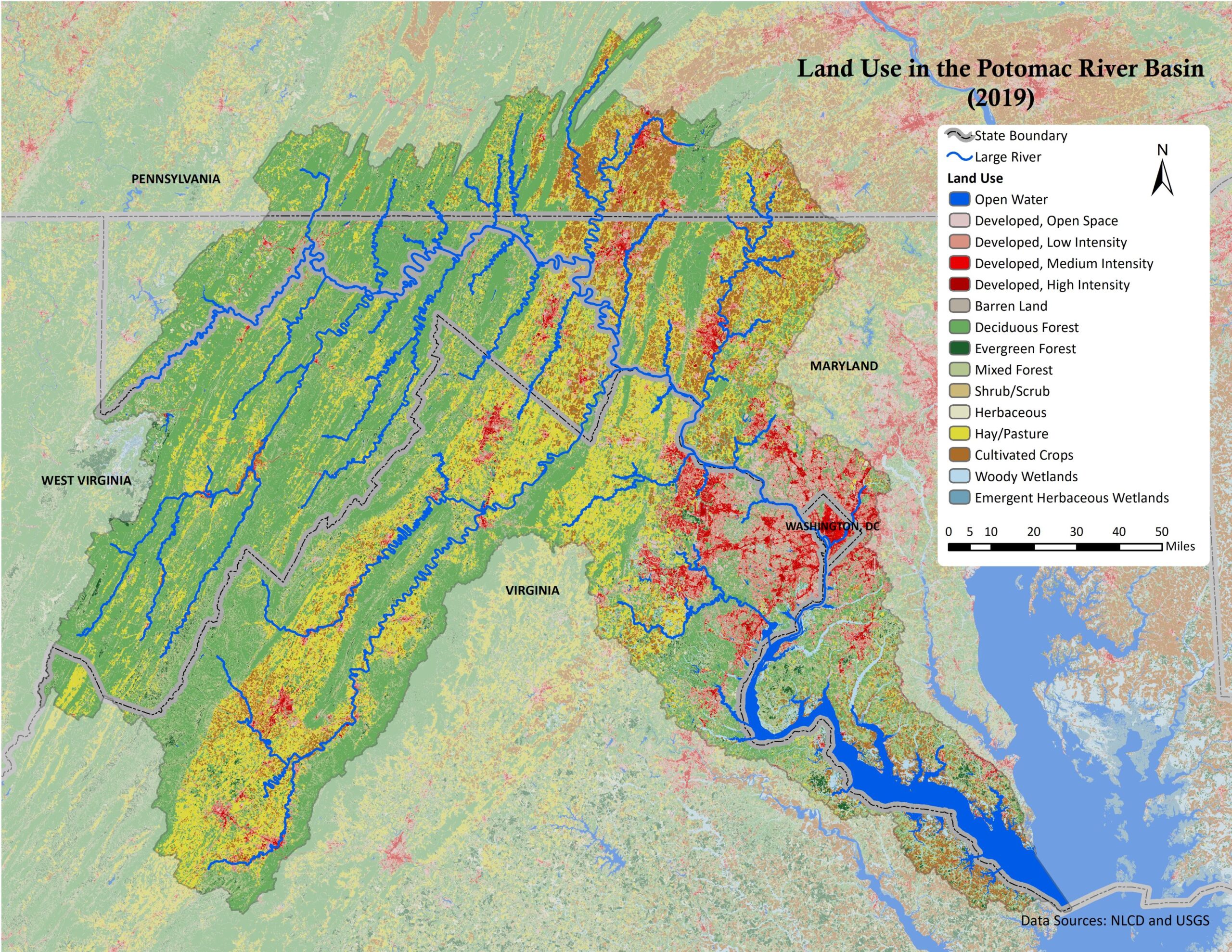Exploring the Natural Beauty and Rich History of the Potomac River
The Potomac River, which flows through the nation's capital, Washington D.C., is a magnificent waterway that has played a significant role in shaping the region's history, economy, and culture. Stretching approximately 381 miles from its source in the Allegheny Mountains to its confluence with the Chesapeake Bay, the Potomac River is a vital part of the nation's infrastructure, supporting industries such as fishing, boating, and tourism.
One of the most fascinating aspects of the Potomac River is its rich history, which dates back thousands of years. The river has been a vital source of transportation, trade, and recreation for Native American tribes, European colonizers, and American settlers alike. In fact, the Potomac River was a crucial transportation route for the early American colonists, who relied on it to transport goods and people between the colonies and the British Isles.
The Potomac River is also home to a diverse range of wildlife, including fish, birds, and other aquatic species. The river's unique geology and varied habitats support a wide range of plant and animal life, making it an ideal destination for outdoor enthusiasts and nature lovers. In fact, the Potomac River is home to several endangered species, including the Pallid Sturgeon and the American Shad.
Geology and Hydrology of the Potomac River
The Potomac River's geology and hydrology play a significant role in shaping its landscape and ecosystems. The river's watershed is composed of a diverse range of rocks, including granite, sandstone, and shale, which have been shaped by millions of years of erosion and weathering.
The Potomac River's hydrology is characterized by a mix of spring-fed and surface water sources. The river's tributaries, including the Potomac River's major tributary, the Occoquan River, contribute significantly to the river's water level and quality. In fact, the Potomac River's water quality is affected by the combined effects of industrial and agricultural runoff, sewage overflows, and climate change.
Some key statistics about the Potomac River's geology and hydrology include:
- Length: 381 miles (611 km)
- Average discharge: 15,000 cubic feet per second (425 cubic meters per second)
- Elevation: 300 feet (91 meters) above sea level
- Watershed: 14,000 square miles (36,300 square kilometers)
Tributaries and Drainage Basin
The Potomac River has a diverse range of tributaries, including:
- Occoquan River
- Potomac Creek
- Kanawha River
- Northern Branch Potomac
- South Branch Potomac
These tributaries contribute significantly to the Potomac River's water level and quality, and support a wide range of aquatic ecosystems. In fact, the Potomac River's drainage basin is home to several major rivers, including the Susquehanna River and the Potomac River's distributaries.
History of the Potomac River
The Potomac River has a rich and diverse history, which spans thousands of years. The river was first inhabited by Native American tribes, including the Algonquian-speaking tribes of the Piscataway and the Nacotchtank.
In 1608, English explorer Captain John Smith became the first European to explore the Potomac River. Smith named the river after the Potomac tribe, which means "principal town" in the Algonquian language.
During the American Civil War, the Potomac River played a significant role in the conflict. The river was a major transportation route for both the Union and Confederate armies, and its strategic location made it a key target for both sides.
Some key dates in the history of the Potomac River include:
- 1608: Captain John Smith explores the Potomac River
- 1700s: The Potomac River is a major transportation route for European colonists
- 1800s: The Potomac River is a key transportation route for the American Civil War
- 1960s: The Potomac River is impacted by industrial and agricultural runoff
Economic Importance of the Potomac River
The Potomac River plays a significant role in the regional economy, supporting industries such as:
- Fishing and boating
- Tourism
- Manufacturing
- Agriculture
In fact, the Potomac River is a vital source of recreation and tourism for the region, with millions of visitors each year. The river's scenic beauty and abundant wildlife support a range of outdoor activities, including fishing, kayaking, and birdwatching.
Some key statistics about the economic importance of the Potomac River include:
- Economic impact: $1.3 billion per year
- Number of visitors: 2 million per year
- Number of jobs: 15,000
- Revenue: $500 million per year
Environmental Concerns and Conservation Efforts
The Potomac River faces a range of environmental concerns, including:
- Industrial and agricultural runoff
- Climate change
- Habitat destruction
To address these concerns, several conservation efforts are underway, including:
- The Potomac Riverkeeper Alliance
- The National Park Service
- The U.S. Army Corps of Engineers
- The U.S. Environmental Protection Agency
Some key initiatives include:
- Watershed protection and restoration
- Habitat restoration and preservation
- Pollution reduction and prevention
- Climate change mitigation and adaptation
Conclusion
The Potomac River is a magnificent waterway that has played a significant role in shaping the region's history, economy, and culture. Its diverse geology and hydrology support a wide range of aquatic ecosystems, and its scenic
Nsfw Twitter
Safaiddiqui Age
Eylon Levy Partner
Article Recommendations
- Billieilish Pics
- Zoechip
- Iradha
- Mike Lindell Wife 2024
- Mckinley Richardson Of
- Amerigo Vespucci
- Mary Padian
- Bryshere Gray Gay
- Alextart
- Alex O Loughlin



